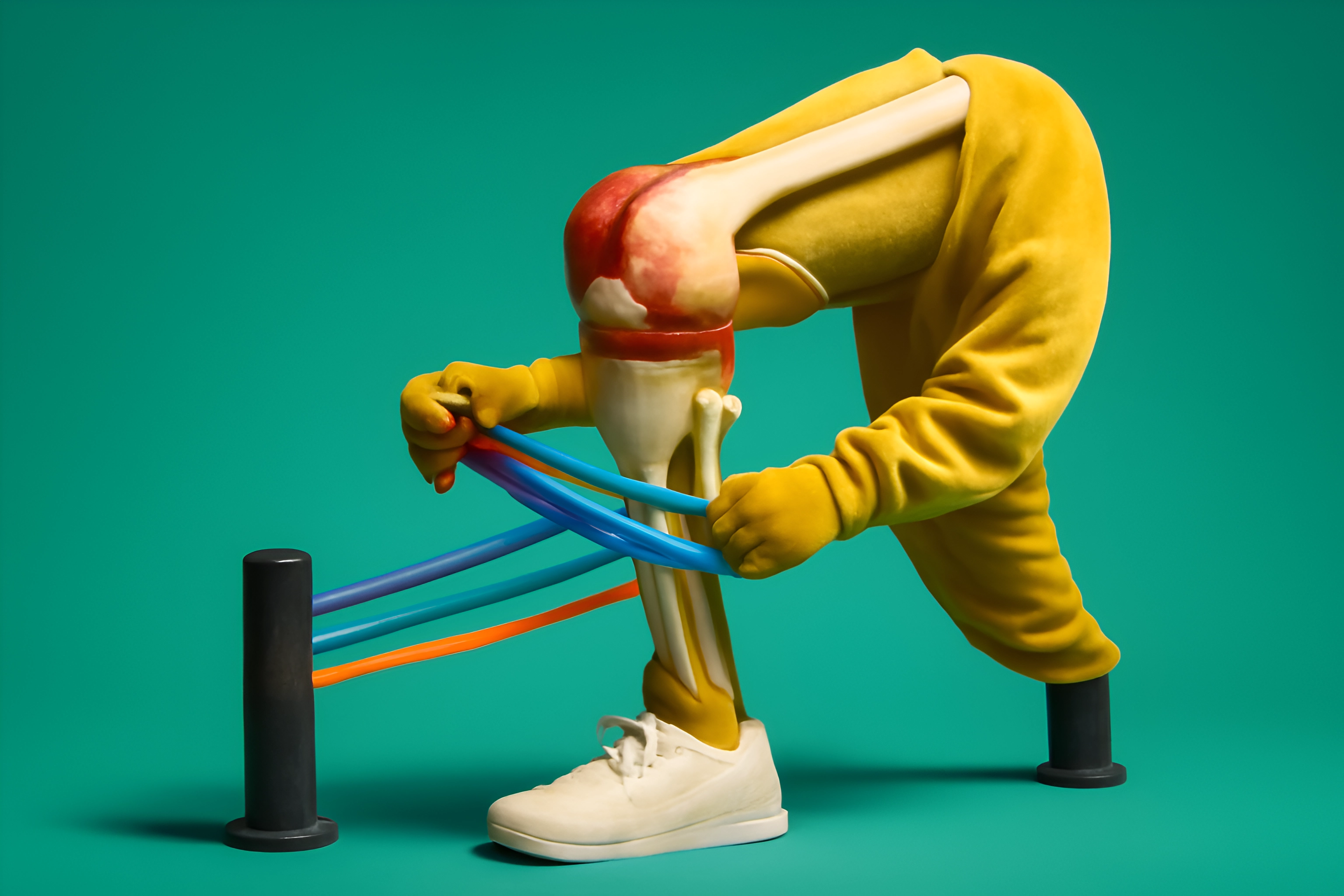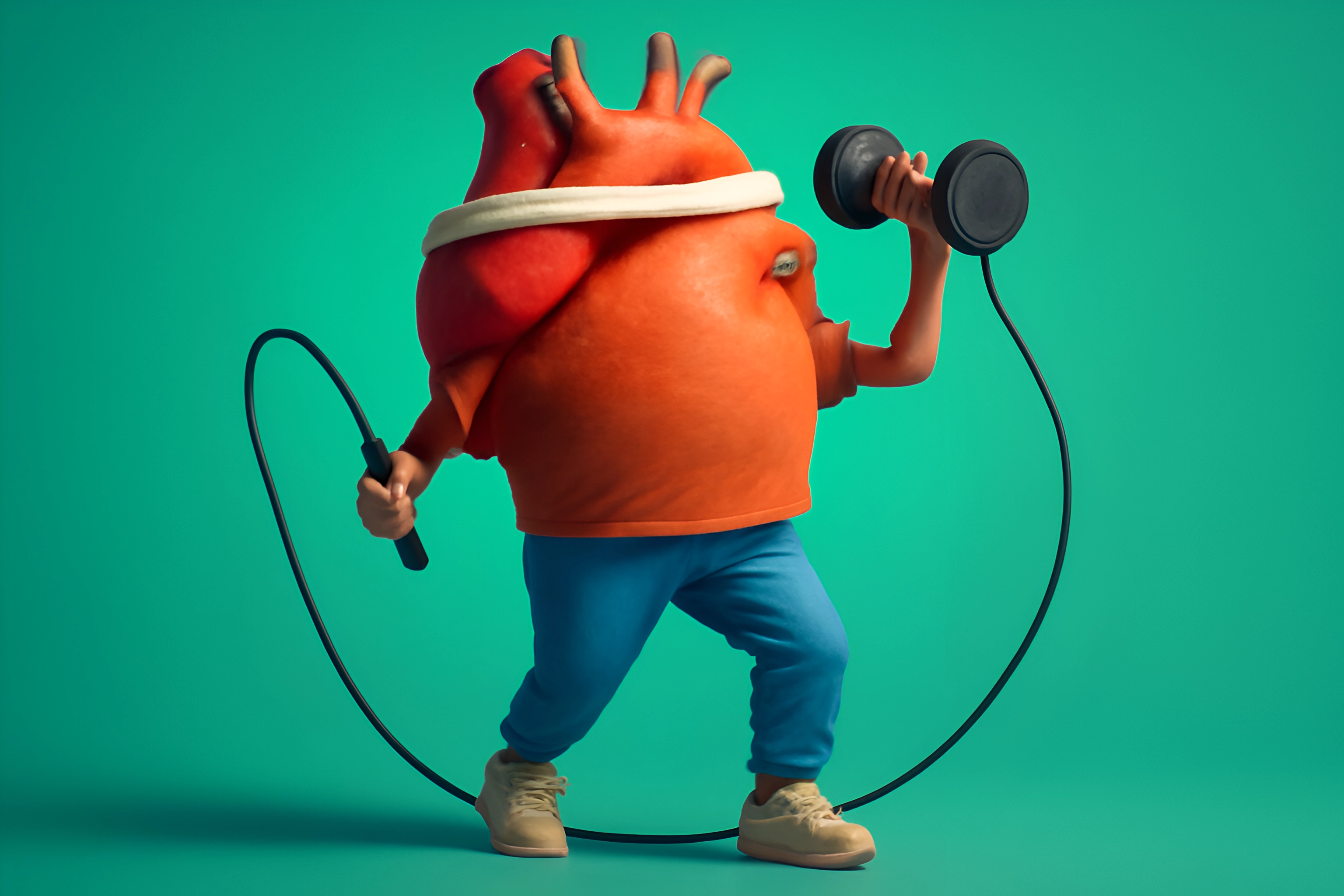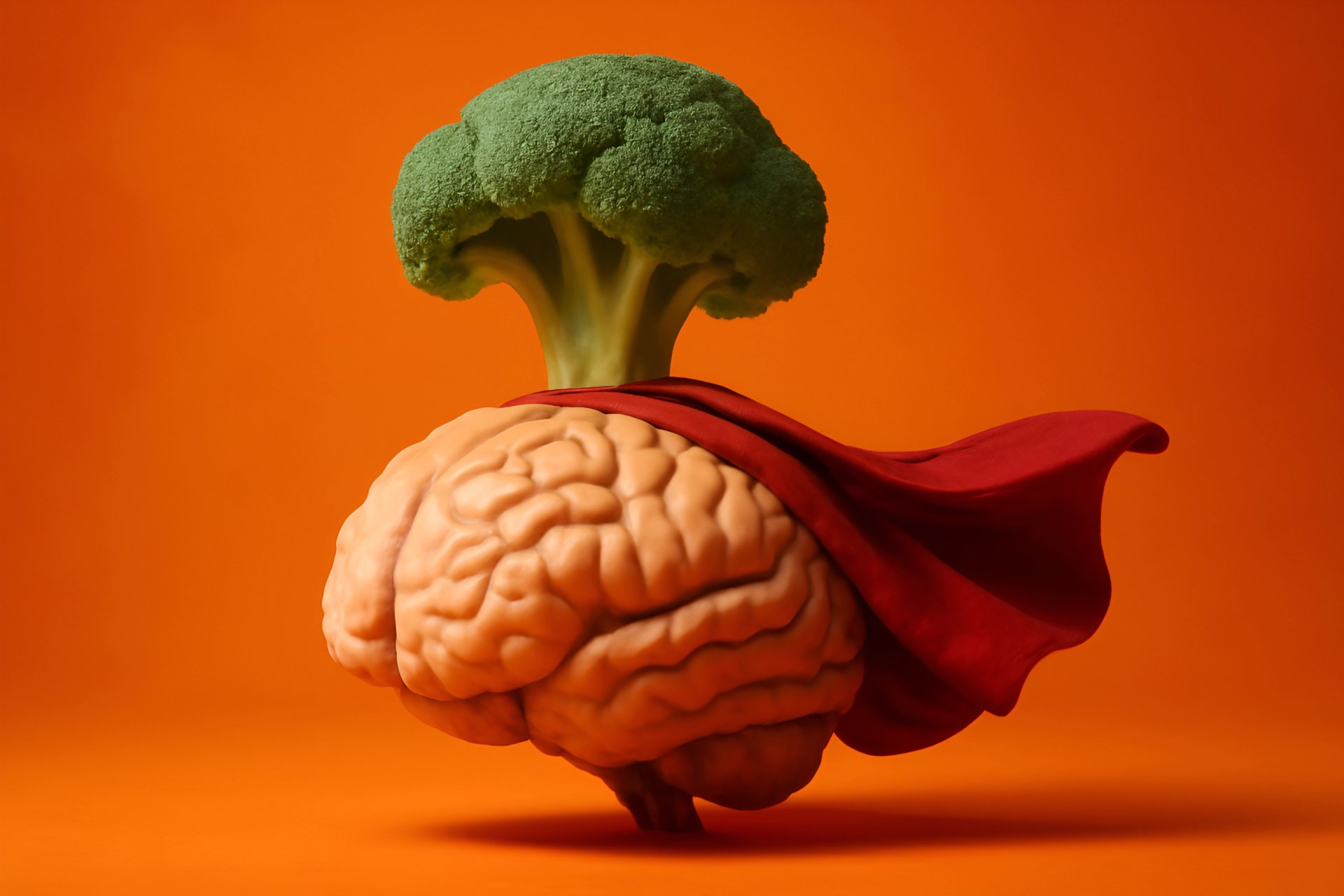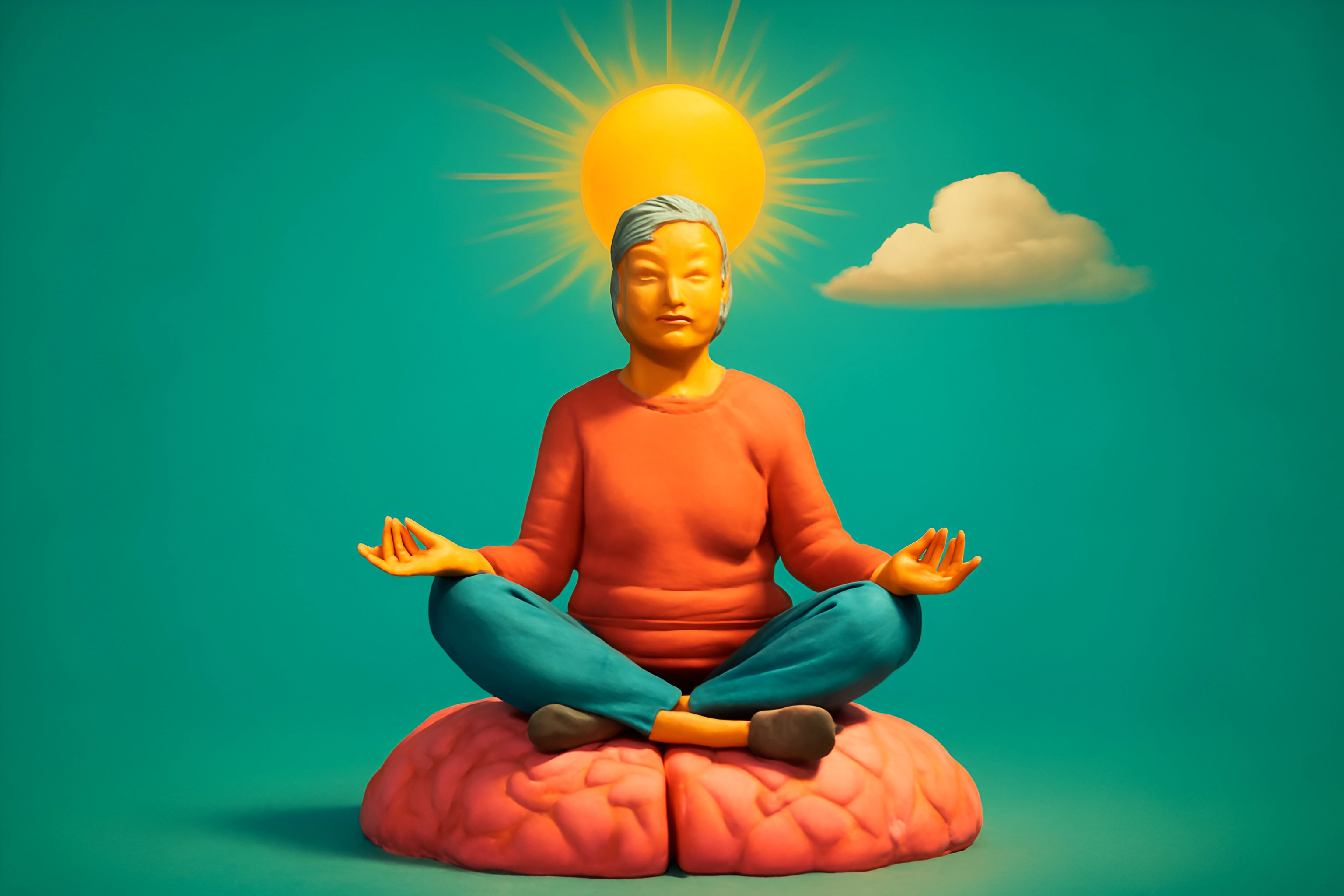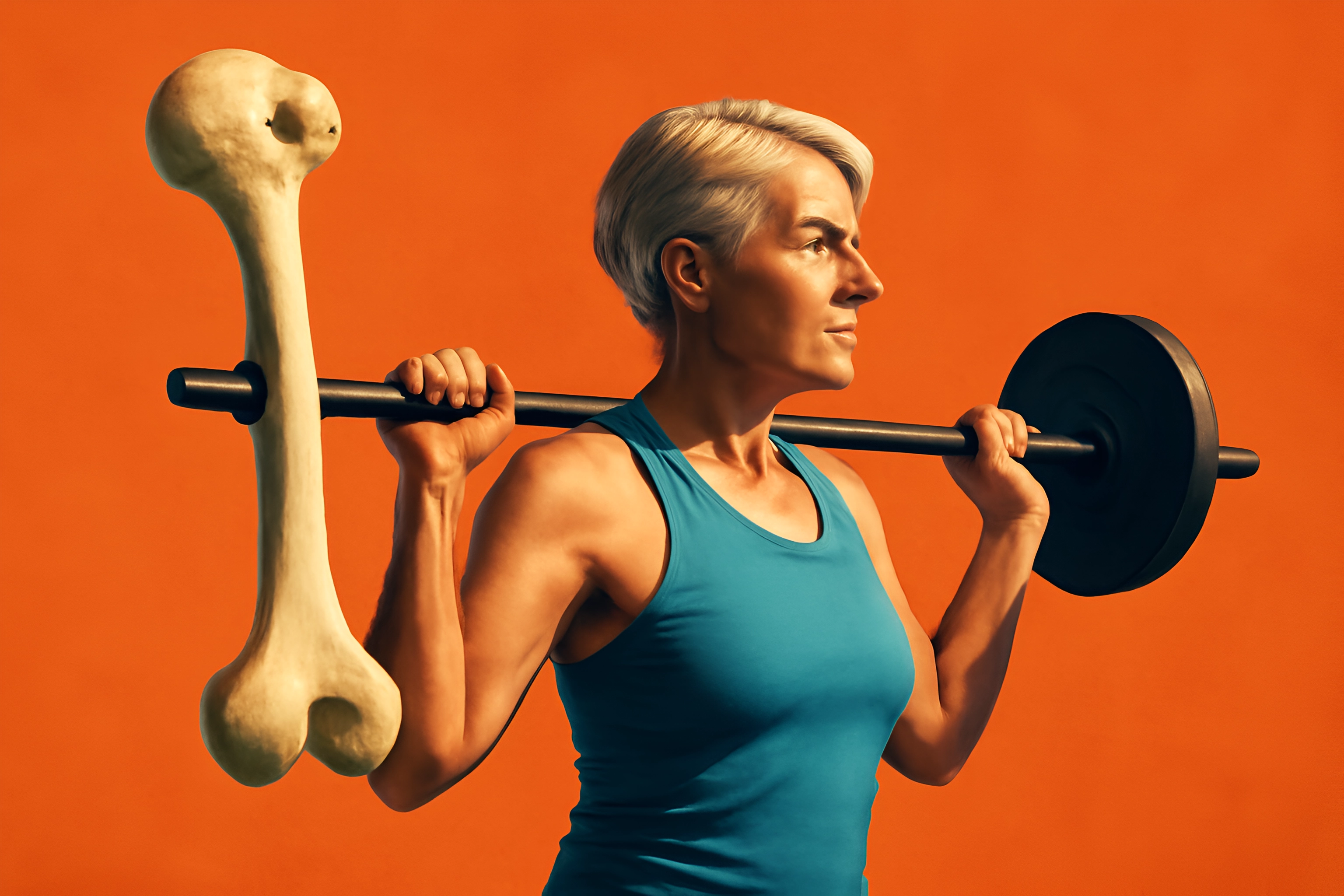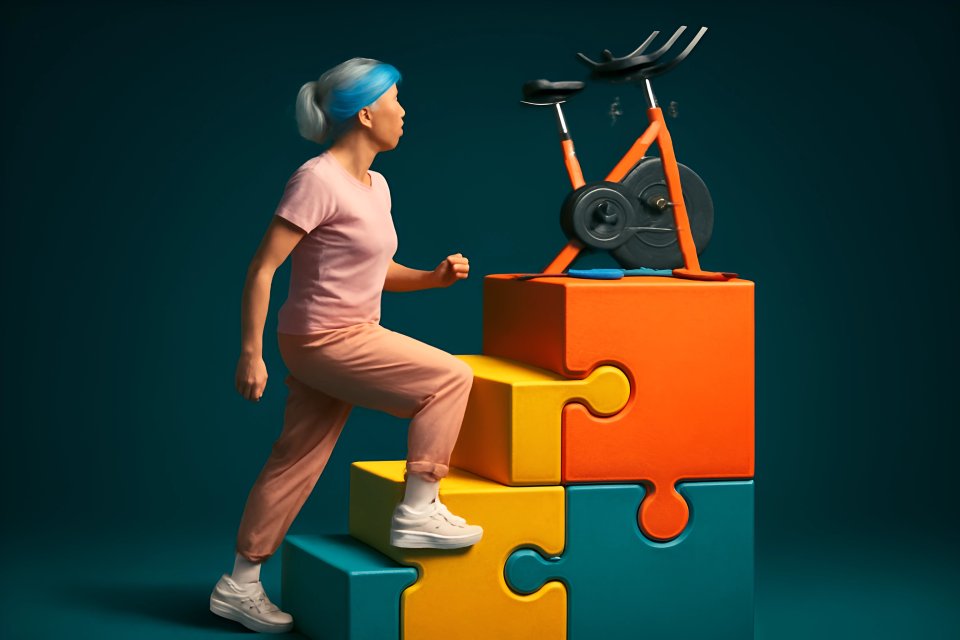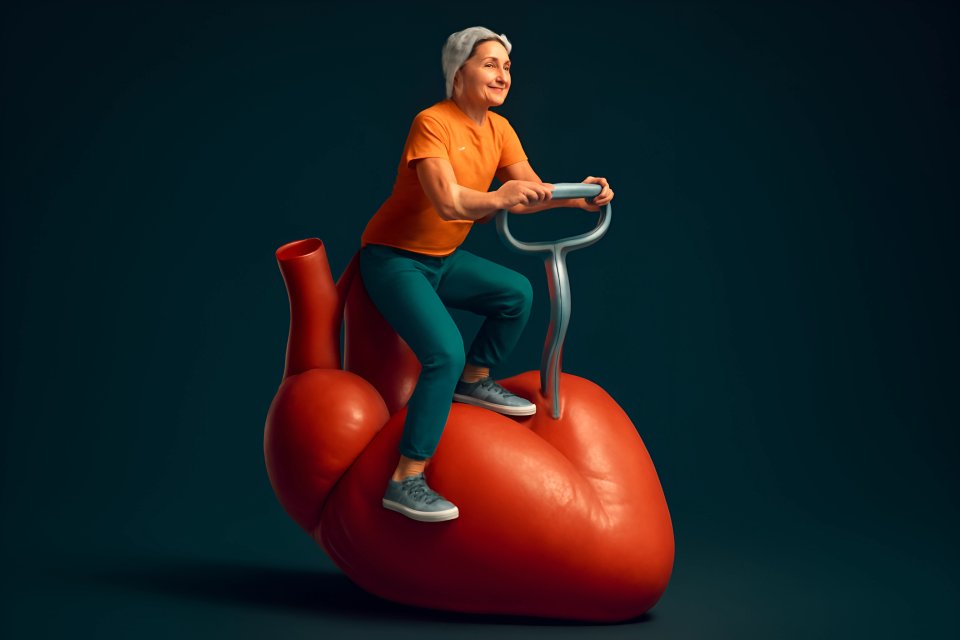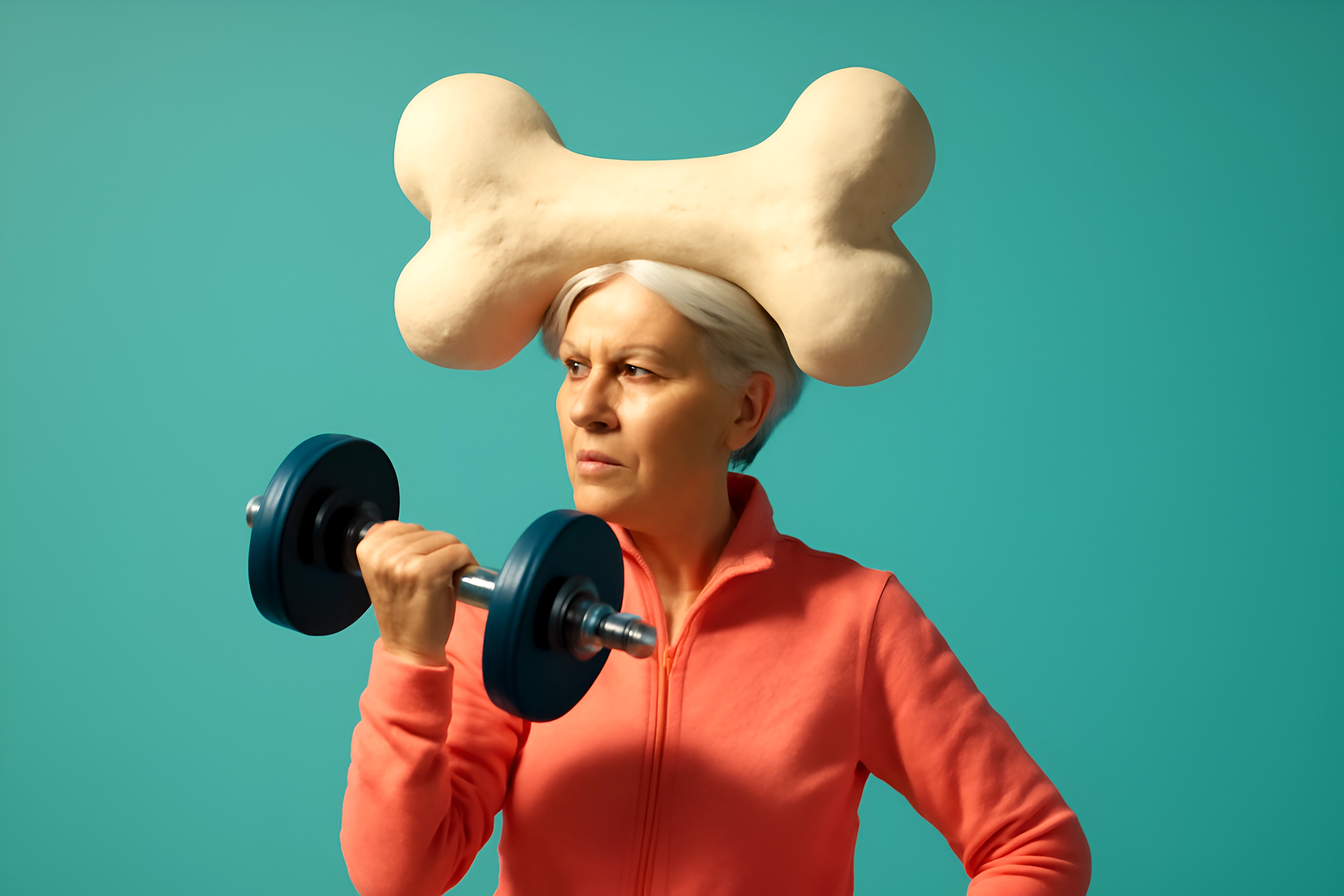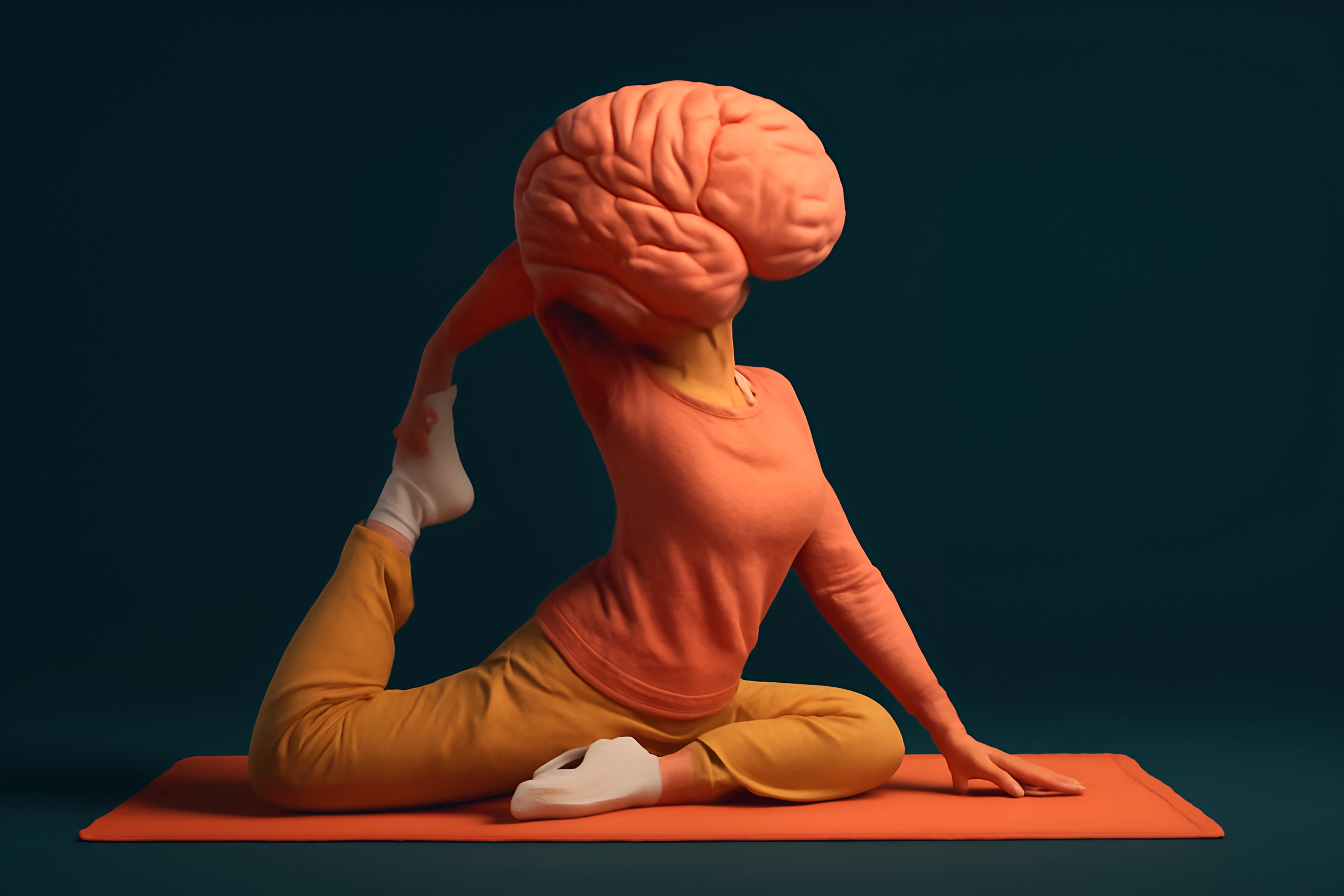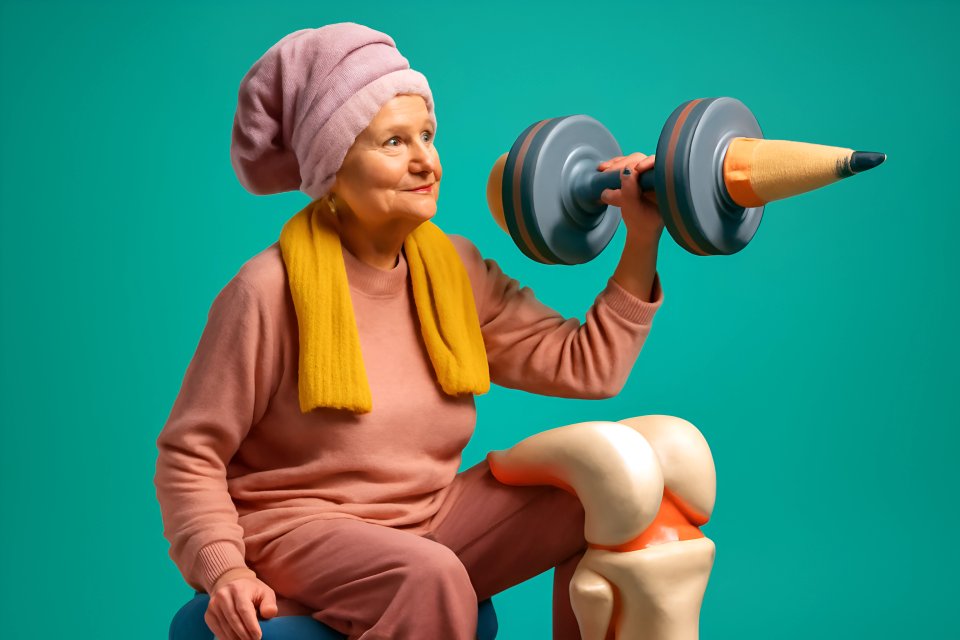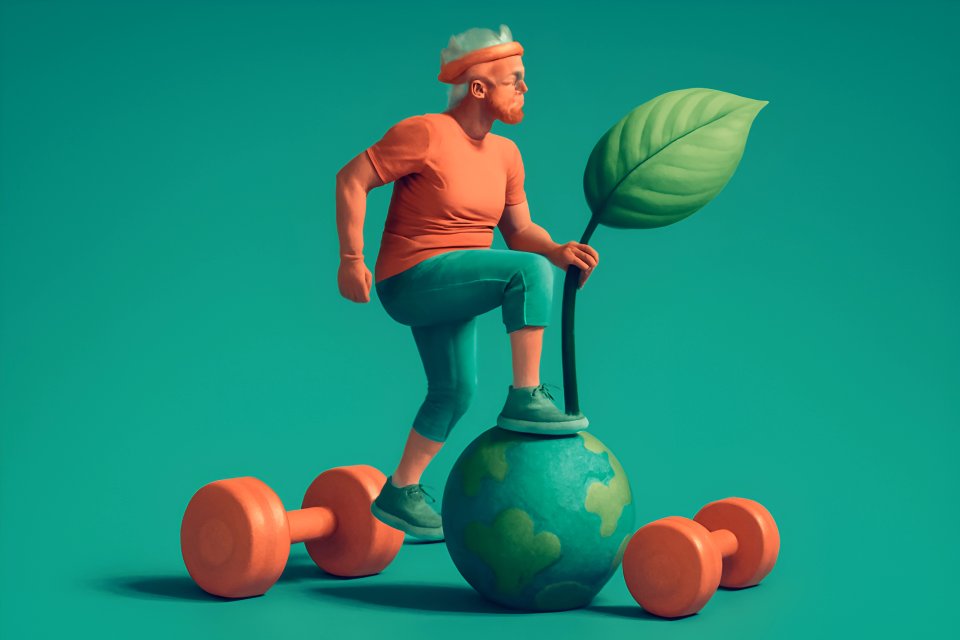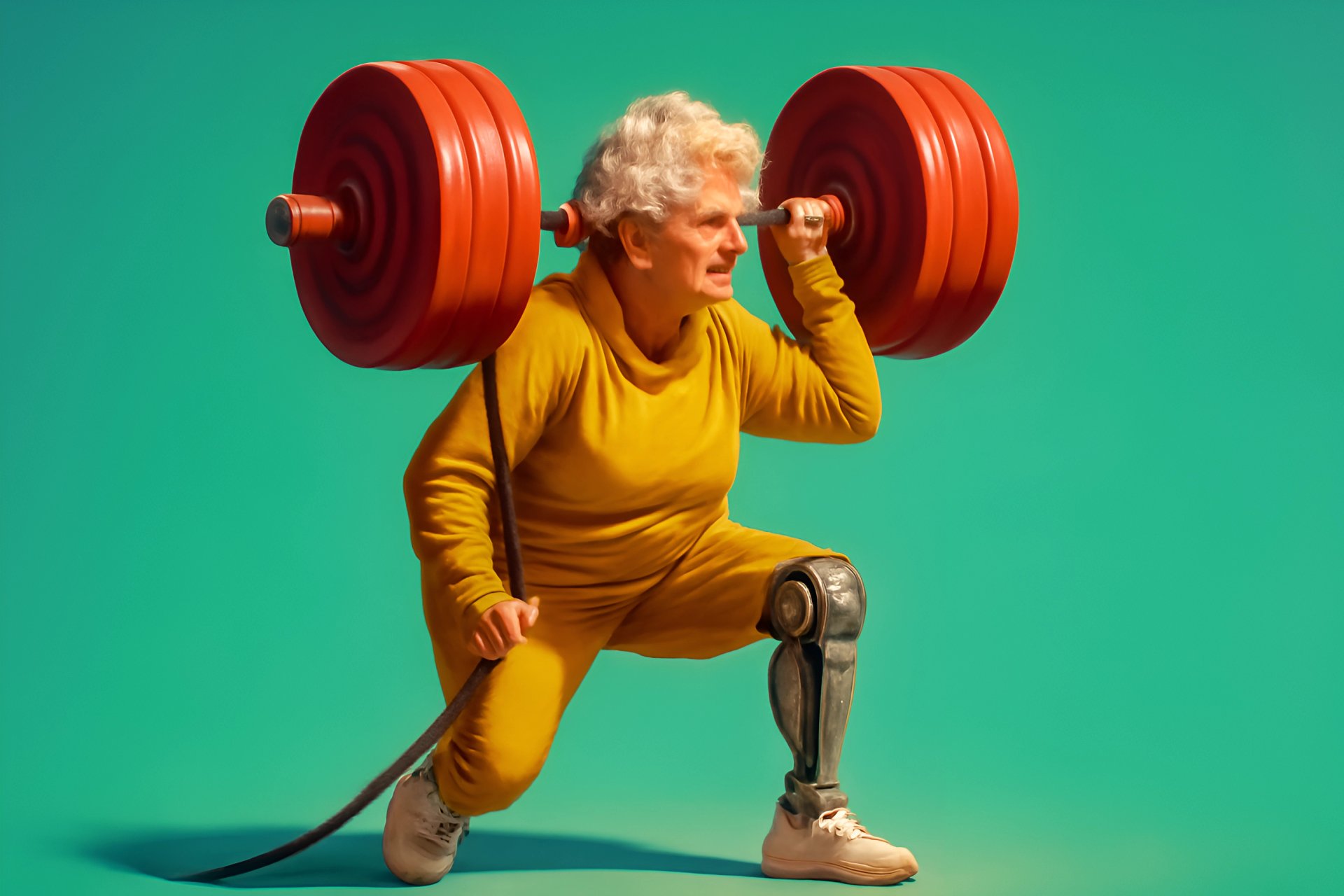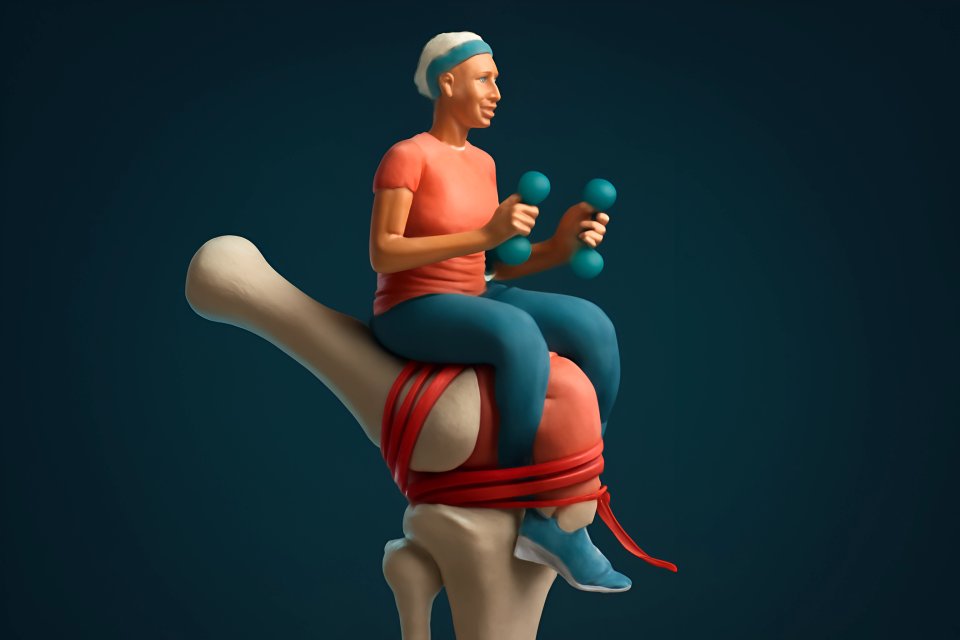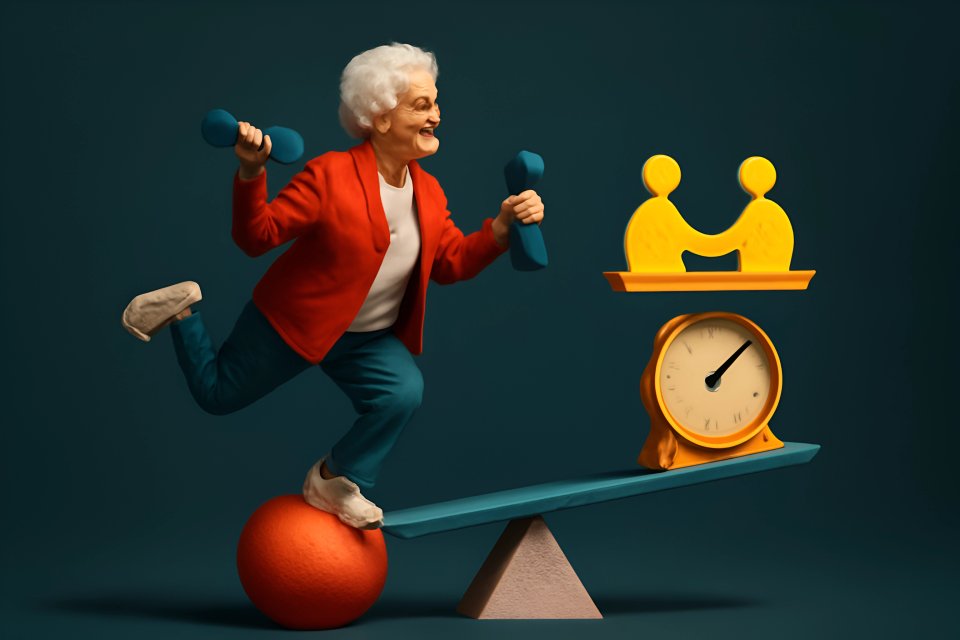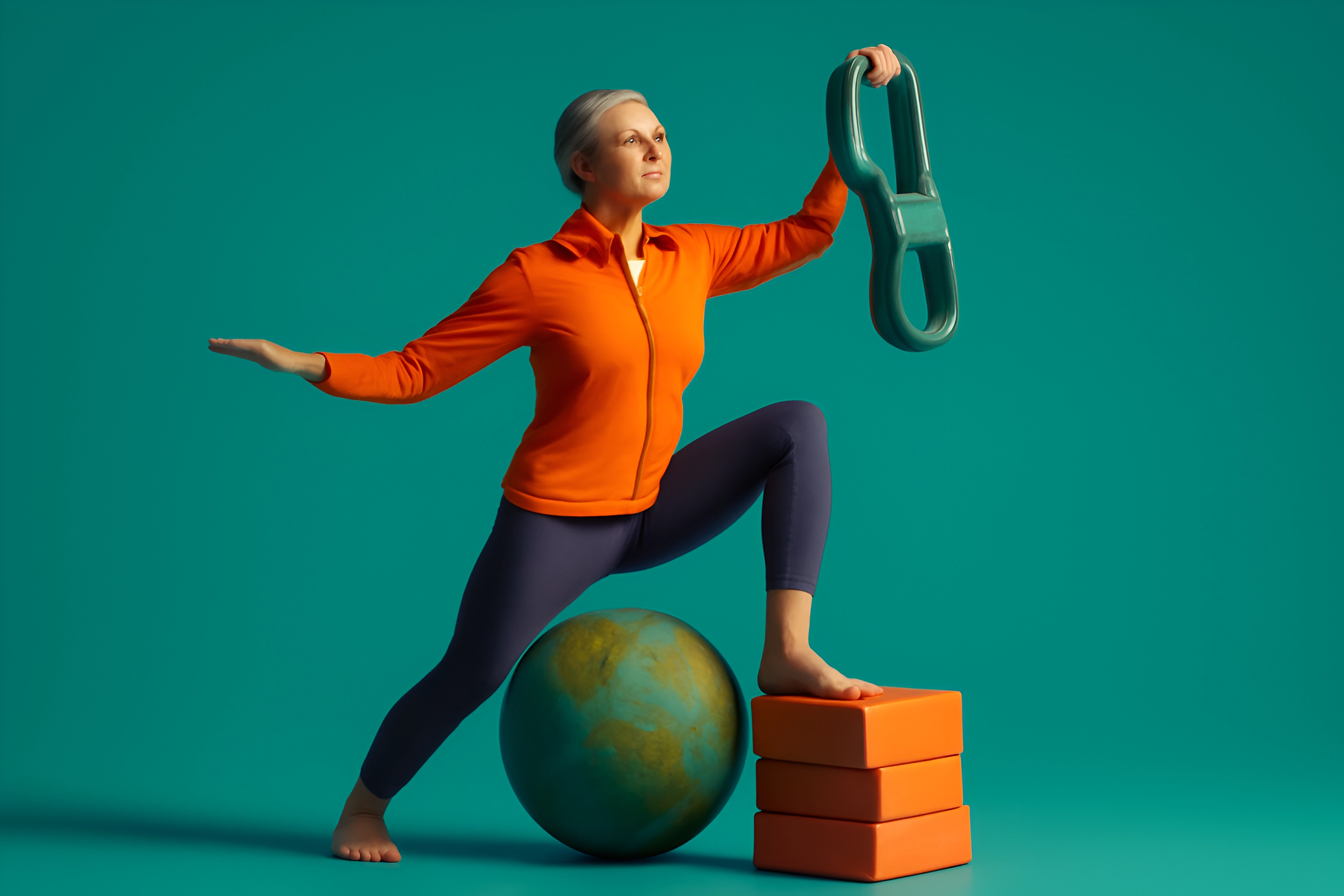
Remember when fitness was all about pushing harder and lifting heavier? After 50, the goal shifts. It’s no longer just about building muscle; it’s about building a body that can carry you through life with confidence, ease, and without pain.
You know the feeling. The morning stiffness in your joints, that nagging ache in your lower back, or the subtle fear of a misstep on an uneven sidewalk. These aren't just signs of getting older; they are signals from your body that the old way of "working out" is no longer serving you. It's time for a smarter approach.
The solution lies in two words that are often overlooked but are the absolute foundation of a truly sustainable fitness routine after 50: mobility and stability. Think of them not as an afterthought, but as the essential maintenance work that makes everything else—from strength training to gardening to playing with your grandkids—possible and safer. In this guide, we'll break down exactly what mobility and stability are, why they are non-negotiable for your long-term health, and provide a simple framework to integrate them into your life for lasting results.
Beyond Flexibility: The True Meaning of Mobility and Stability
Let's clear up some confusion. For years, we were told to "stretch," but that's only half the story. To build a resilient body, you need to understand the powerful partnership between mobility and stability.
Mobility is your ability to actively move a joint through its full, intended range of motion. It’s not about someone else pushing your leg higher; it’s about your own muscular control. Imagine a well-oiled door hinge that swings open smoothly and completely—that’s a mobile joint. This active control is what separates true mobility from passive flexibility.
Stability, on the other hand, is the strong frame holding that hinge securely in place. It’s your body’s ability to control movement, maintain proper joint alignment, and resist unwanted motion, especially when you're lifting, pushing, or twisting. This is where core strength becomes your superpower, protecting your spine and creating a solid base for all movement.
The Four Core Benefits of Prioritizing This Dynamic Duo
When you focus on these two pillars, you’re not just exercising; you’re investing in your future independence and vitality. The benefits are profound and directly combat the common challenges of aging.
First and foremost, you are building a powerful defense against injury. According to WebMD, falls are a leading cause of injury in older adults, but improving your balance and strength can significantly lower your risk. A stable core protects your spine from dangerous shearing forces, while mobile hips and ankles can prevent the chain reaction that often leads to knee and lower back pain. For those already managing discomfort, learning gentle workout modifications is a crucial step toward safe and effective movement.
Second, you will dramatically enhance your everyday movement. Suddenly, reaching for that jar on the top shelf feels effortless. Getting in and out of the car is smooth and pain-free. Keeping up with the grandkids at the park becomes a joy, not a chore. This is the essence of functional fitness for over 50, where your training directly translates to a better quality of life.
Finally, this work creates a stronger foundation for everything else you love to do. You can't build a strong house on a shaky foundation, and the same is true for your body. By improving your mobility and stability, you unlock your true strength potential, allowing you to engage in a balanced strength training program safely and effectively. This is the secret to making fitness a lifelong, empowering journey.
Foundational Mobility and Stability Workouts for Seniors
You don't need fancy equipment or a lot of time to start reaping these benefits. These powerful movements can be done right in your living room, using just your body and a bit of floor space.
5 Essential Mobility Drills to Do Daily
These drills are designed to lubricate your joints and restore your natural range of motion.
- Cat-Cow: Start on your hands and knees. As you inhale, drop your belly and look up, arching your back (Cow). As you exhale, round your spine, tuck your chin, and press the floor away (Cat). This is fantastic for spinal health.
- Thoracic Spine Rotations: From the same hands-and-knees position, place one hand behind your head. Rotate that elbow down toward the opposite wrist, then rotate it up toward the ceiling, following with your eyes. This unlocks upper back stiffness and improves posture.
- Ankle CARs (Controlled Articular Rotations): Sit in a chair and lift one foot off the floor. Slowly and with control, draw the biggest circle you can with your big toe, first clockwise, then counter-clockwise. This is a key drill for improving balance.
- Hip Circles: Standing and holding onto a chair for support, lift one knee to hip height. Gently make circles with your knee, as if drawing on a wall beside you. This helps lubricate the crucial hip joint.
- Wall Angels: Stand with your back against a wall, feet slightly forward. Try to keep your tailbone, upper back, and head against the wall. Raise your arms into a "goalpost" position, keeping your elbows and the backs of your hands touching the wall as you slide them up and down. This counteracts a "hunched" posture. For a more detailed guide, explore our step-by-step home mobility routine.
5 Core Stability Exercises for a Rock-Solid Foundation
These exercises teach your deep core muscles to fire correctly, protecting your spine and improving balance.
- Bird-Dog: On your hands and knees, engage your core. Slowly extend your right arm forward and your left leg straight back, keeping your hips and shoulders level. Hold for a moment before returning to the start and switching sides.
- Glute Bridge: Lie on your back with your knees bent and feet flat on the floor. Squeeze your glutes and lift your hips toward the ceiling until your body forms a straight line from your shoulders to your knees. This activates the glutes, which are key stabilizers for the pelvis.
- Dead Bug: Lie on your back with your arms extended toward the ceiling and your knees bent at 90 degrees over your hips. Slowly lower your right arm and left leg toward the floor, going only as far as you can without your lower back arching. Return to the start and switch sides.
- Modified Plank: Hold a plank position on your forearms and knees (or toes, if you feel strong). Keep your body in a straight line from your head to your knees/heels. This builds incredible isometric core strength.
- Single-Leg Stance: Stand tall and shift your weight onto one foot, lifting the other just off the floor. Try to hold for 30 seconds without wobbling. Hold onto a sturdy chair for support—this is one of the most effective
balance exercises for aging.
Weaving It All Together: Your Sustainable Exercise Plan
Consistency is more important than intensity. The key to a sustainable exercise plan is to seamlessly integrate these movements into your life.
How to Integrate Mobility and Stability into Your Week
Forget the "all or nothing" mindset. The most successful approach is built on small, consistent habits. According to experts at the University of Utah Healthcare, even 10 minutes of focused movement a day can transform your health.
Embrace the "Movement Snack." Can you do a few Cat-Cows when you first wake up? Or some Ankle CARs during a TV commercial break? These small moments add up to significant improvements over time.
Transform your warm-up. Instead of a few half-hearted stretches, use 5-10 minutes of dynamic mobility drills to prepare your body for a walk, a strength session, or a game of tennis. This not only reduces injury risk but also improves your performance during the activity itself.
Schedule a dedicated session. For deeper benefits, set aside one or two 20-30 minute sessions per week to focus solely on a flow of these mobility and stability exercises. This is your time to tune into your body and perform that essential maintenance work. This approach is central to mastering sustainable low-impact workouts.
Sample Weekly Schedule for Long-Term Fitness for Seniors
Here is what a balanced and sustainable week could look like.
| Day | Activity | Focus |
|---|---|---|
| Monday | Strength Training (30 min) + 10 min Mobility Warm-up | Build Muscle & Prepare Joints |
| Tuesday | Brisk Walk or Cardio (30 min) + 5 min Stability Cool-down | Heart Health & Core Control |
| Wednesday | Active Recovery: Full Mobility & Stability Flow (20 min) | Restore & Rejuvenate |
| Thursday | Strength Training (30 min) + 10 min Mobility Warm-up | Build Muscle & Prepare Joints |
| Friday | Fun Activity (Gardening, Dancing) + 5 min Mobility "Snack" | Joyful Movement |
| Saturday | Brisk Walk or Cardio (30-45 min) | Endurance & Heart Health |
| Sunday | Rest or Gentle Stretching | Recovery |
Invest in Your Movement, Invest in Your Future
Let's be clear: a sustainable fitness routine after 50 is built on the twin pillars of mobility and stability. It’s not about chasing exhaustion or punishing your body. It’s about training smarter, listening to what your body needs, and building a foundation of movement that will serve you for decades.
Embracing mobility and stability isn't about adding more to your plate; it's about making everything else you do better, safer, and more enjoyable. This is your blueprint for staying active, independent, and full of vitality for all the chapters yet to come. This is how you train for life.
What is one small step you can take this week to add more mobility or stability work into your routine? Share your commitment in the comments below—we’d love to cheer you on
